
Orange Sweet Potato, Epible
₡1,900.00
Scientific name: Ipomoea batatas
Family:
Origin:
Medicinal use:
12 in stock
Related products
-

Cilantro, Wild
Culinary Garden ₡1,900.00 Add to cart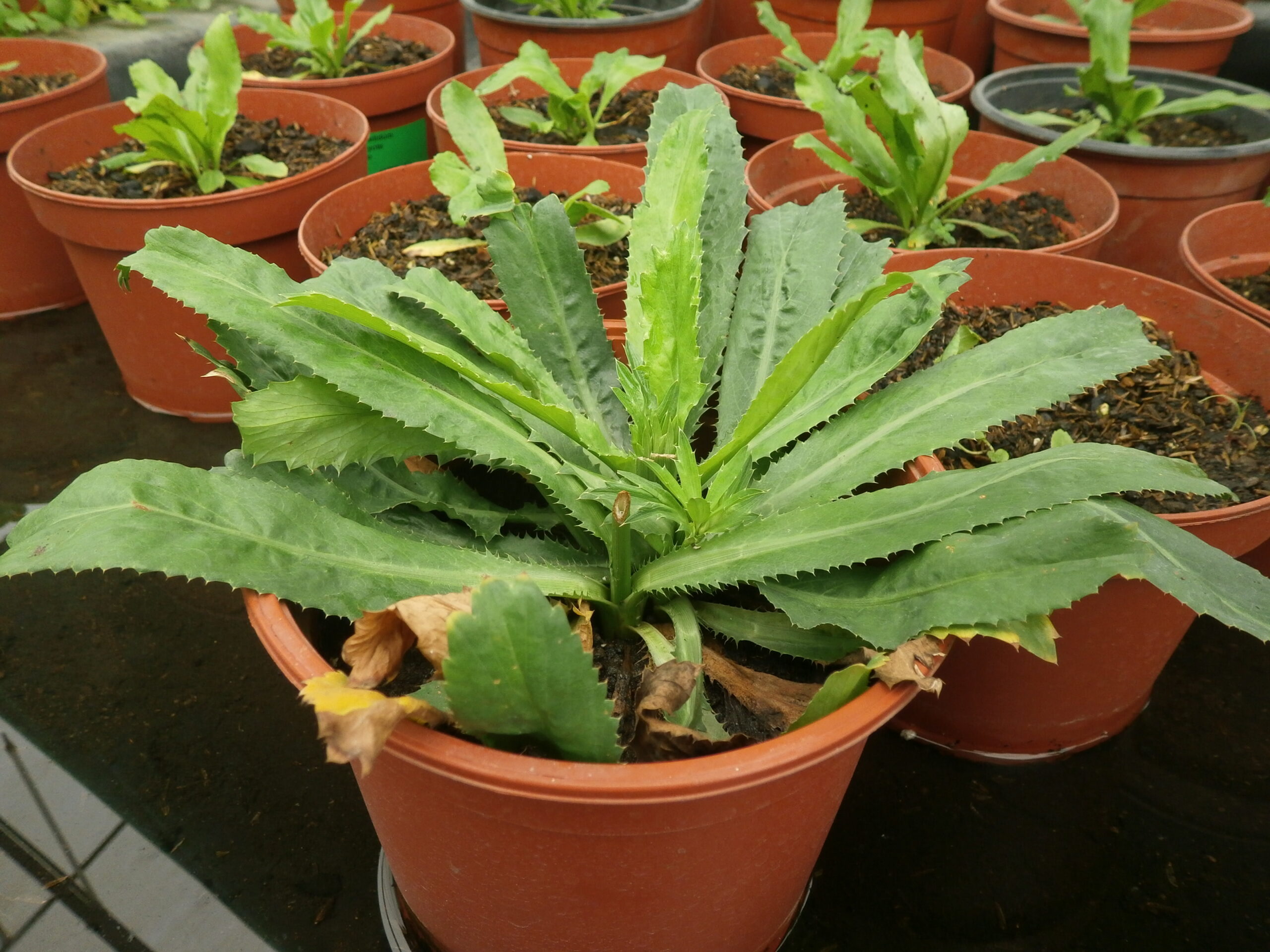
Cilantro, Wild
₡1,900.00
SKU: 0650 Category: Culinary GardenScientific name: Eryngium foetidum
Family: Apiaceae
Origin: Mexico and S America
Medicinal use:The leaves are used fresh, whole or chopped, as a substitute for coriander and parsley. In Panama, it is mixed with parsley, garlic, onion and chives to prepare “green recao”, a condiment widely used in the preparation of various stews, sauces and soups.
50 in stock
-
Out of Stock
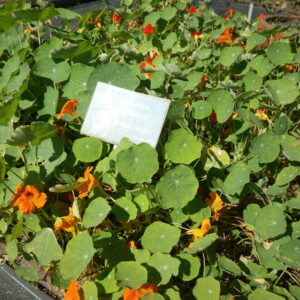
Nasturtium
Culinary Garden ₡1,900.00 Read more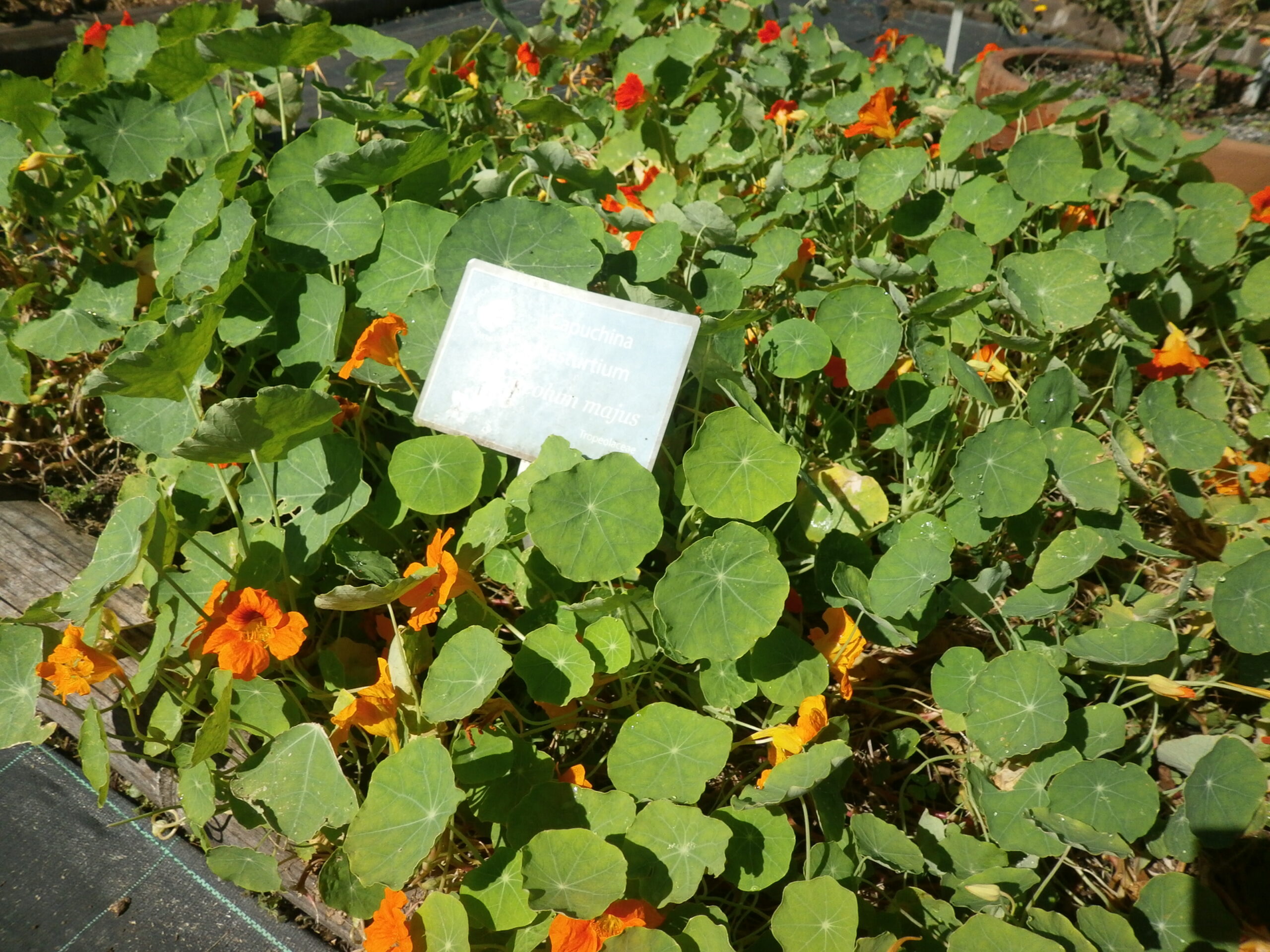
Nasturtium
₡1,900.00
SKU: 0460 Category: Culinary GardenScientific name: Tropaeolum majus
Family: Tropeolaceae
Origin: S America
Medicinal use: In the kitchen, its tender leaves and very finely chopped flowers are used in soups and salads, giving a fresh and spicy flavor reminiscent of pepper or mustard. The flowers, due to their pleasant taste and appearance, are used to decorate meat, fish, salads and vegetables dishes. The plant is especially rich in vitamins and minerals and a remedy used to cleanse the blood, as it supports the body in its detoxification. The flavor of the leaves is slightly spicy. Optically, its crumbled leaves also enrich pasta dishes and pizzas.
Out of stock
-
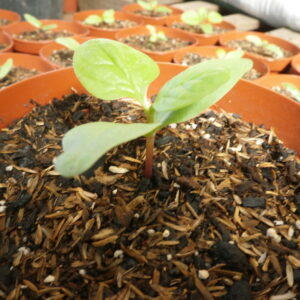
Spinach, Malabar Red
Culinary Garden ₡1,900.00 Add to cart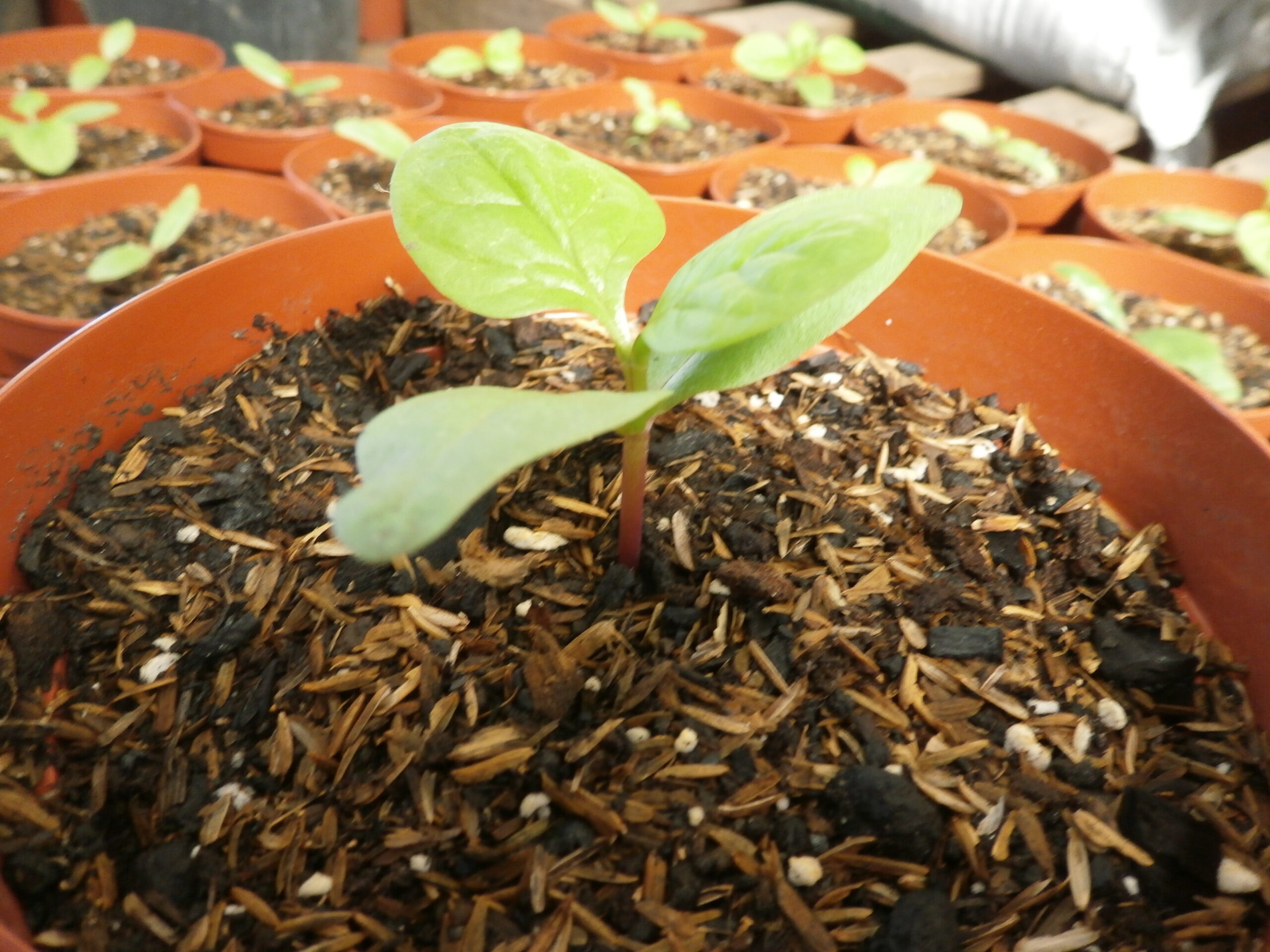
Spinach, Malabar Red
₡1,900.00
SKU: 0710 Category: Culinary GardenScientific name: Basella rubra
Family: Basellaceae
Origin: India
Medicinal use:Perennial, ornamental and edible climbing plant. Its leaves are a good source of vitamin A, vitamin C, iron, and calcium. It grows well in abundant light and takes on pink tones in the sun. It does not tolerate cold, its flowers attract bees, it is widely used in gastronomy, being fast growing and easy to care for. It is not very demanding with the light it receives, adapting well to short periods of drought
45 in stock
-
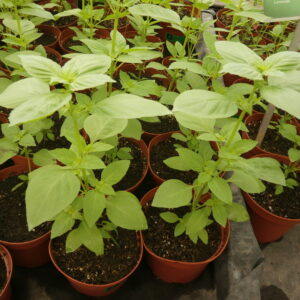
Basil, Lemon
Culinary Garden ₡1,900.00 Add to cart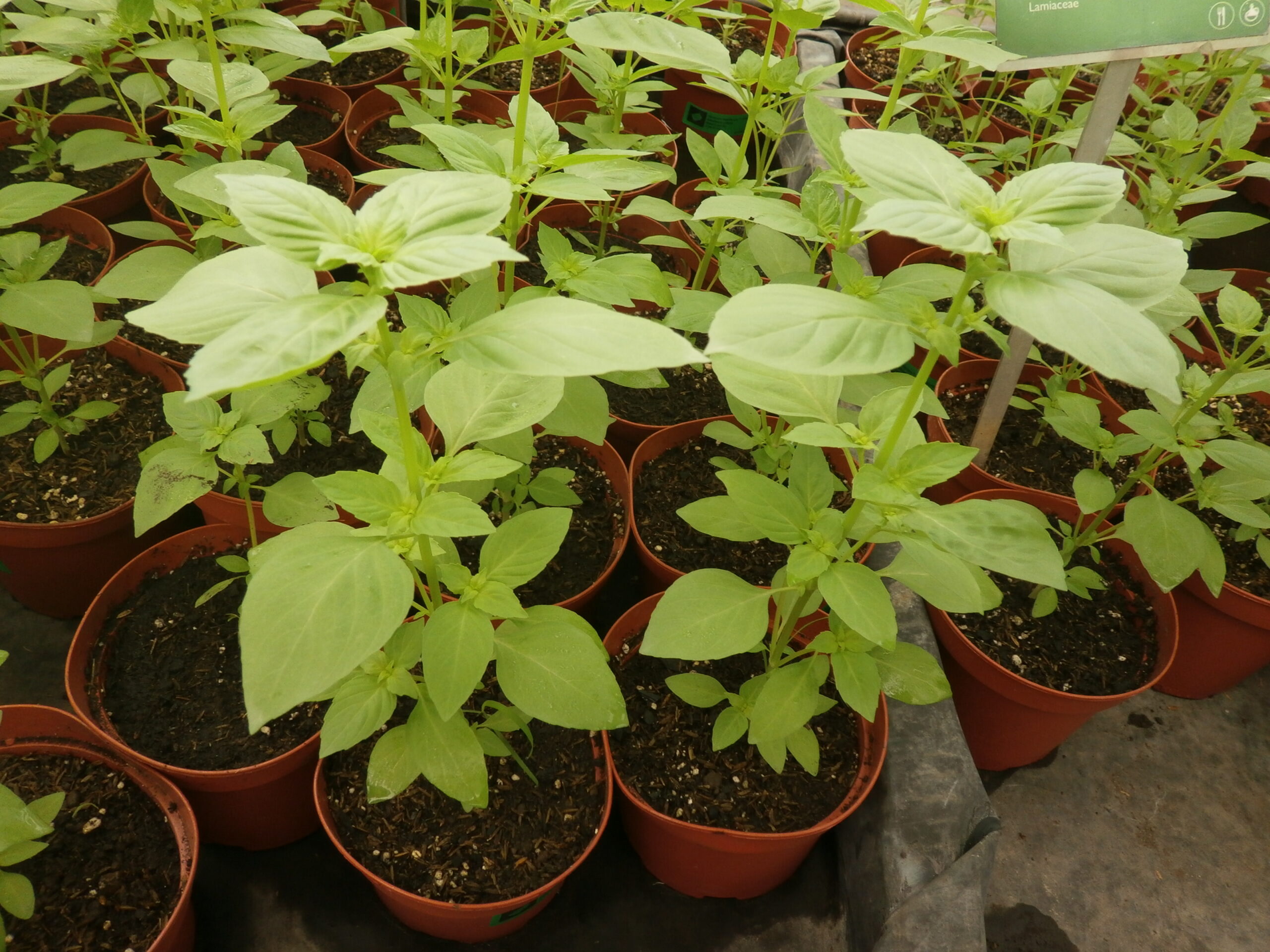
Basil, Lemon
₡1,900.00
SKU: 0100 Category: Culinary GardenScientific name: Ocimum basilicum
Family: Lamiaceae
Origin: S Asia and NE Africa
Medicinal use: In Laos, lemon basil is widely used in curries, stews, and fried dishes as it is the most commonly used type of basil in Laos. Many of the stews of Lao cuisine require the use of lemon basil. It is often eaten raw in salads or lalap (raw vegetables) and accompanied by sambal. Lemon basil is often used to flavor certain Indonesian dishes, such as curries, soups, stews, or steamed or grilled dishes.
2 in stock
